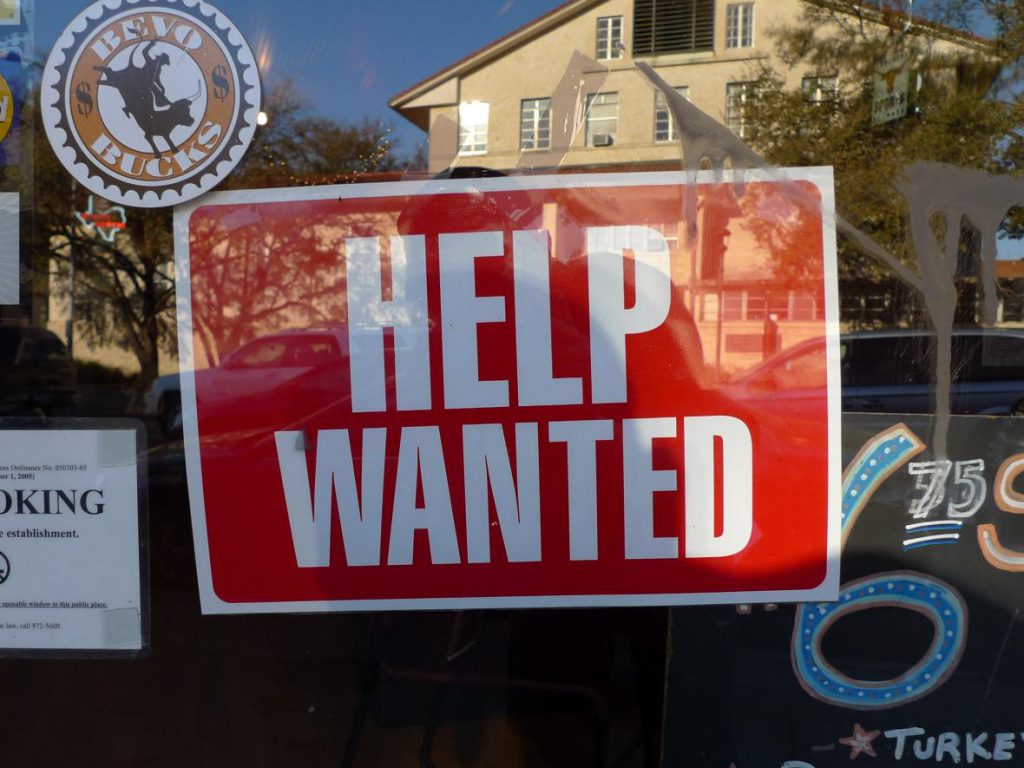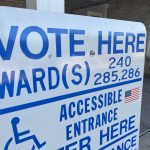Wisconsin’s Jobless Rate Remains at 3.9%
Job gains were offset by job losses in September.
Wisconsin manufacturing jobs grew in September along with financial and real estate jobs and jobs in the hospitality industry, the state’s labor department reported Thursday. But offsetting those gains were losses in education services, other segments of the service industry and in state and local government.
The result was that the state saw no net job growth from August to September as it continues to grapple with the economic fallout from the COVID-19 pandemic, according to the Department of Workforce Development (DWD), which released its monthly jobs report Thursday.
“We’re actually back up to 96% of our February 2020 pre-pandemic peak,” said Scott Hodek of the department’s office of economic advisors. “So we are getting there — but we’re not quite there yet.”
The flat August-to-September comparison reflects ongoing volatility from month to month as the pandemic has been grinding on. Despite those swings, the state’s jobless rate remains stuck at 3.9%, where it has been for several months, DWD reported.
Manufacturing gained 4,100 jobs from August to September, 23,000 jobs since September 2020, and now nearly matches the February 2020 total for the sector of 479,100 jobs.
Employment in retailing continued a decline, with 290,700 jobs in September. That is down compared with August and with September 2020, and remains nearly 8,000 jobs behind the 298,500 retailing jobs reported in February 2020.
While “there is still a fair amount of employment strength” in the sector, Hodek said, the job loss in retailing has been driven by consumers’ movement away from brick-and-mortar stores to online shopping. That trend began before the pandemic, he observed, and “during the pandemic, it accelerated when we were all stuck at home.”
While all of those numbers are adjusted to correct for wide swings from season to season, Hodel used unadjusted figures to discuss how the leisure and hospitality industry has gained jobs from a year ago and how far behind it remains from pre-pandemic employment.
Bars, hotels, restaurants and related businesses recovered 15,900 jobs since September 2020, Hodek said, but the sector remains 55,000 jobs behind September 2019. That 19% shortfall reflects that “this industry was hit very hard during the pandemic,” he added. “And it’s still trying to hire back.”
The broad picture is of a state economy that continues to grapple with the far-reaching effects of the pandemic while it is also caught in a demographic dilemma that has been looming for much longer.
The percentage of Wisconsin residents 16 or older working or looking for work — labor force participation — is markedly higher than the nation as a whole: 66.6%, Hodek said, compared with the U.S. average of 61.6%. With the state’s aging workforce hitting retirement, “it becomes more and more difficult to replace those jobs,” he added. The generations that follow the baby-boomers who are now retiring are smaller.
“Because of this tight labor market, disruptions tend to have amplified effects, as we’ve seen with the COVID-19 pandemic,” Hodek said.
The data compiled for Thursday’s report was collected in September, shortly after the federal government ended supplemental unemployment benefit programs instituted to provide support for households during the pandemic. Some business groups and their allies in Congress and the state Legislature claimed that those programs were keeping people out of the job market.
“There isn’t a lot of evidence in the data that people are staying home,” said Laura Dresser, an economist and associate director of COWS, a University of Wisconsin-Madison policy research center, noting the state’s continued above-average labor force participation.
Other factors, such as the continued difficulty in finding child care, are likely keeping people from working who would otherwise want to do so, she said. One reason for Wisconsin’s higher labor force participation rate is that more women are in the state’s workforce, and are likely to be disproportionately affected by the disruption in child care.
Dissatisfaction over pay and frustration with customers who angrily object to masking have given restaurant and hospitality workers reason to pursue other jobs instead, said Steven Deller, of the UW Extension’s agricultural and applied economics department. “There’s lots of little things going on here,” Deller said. “I think a lot of folks are simply saying, ‘No — do I really want to do that any more?’”
Monthly job growth flat in September, but well ahead of a year ago was originally published by the Wisconsin Examiner.






















